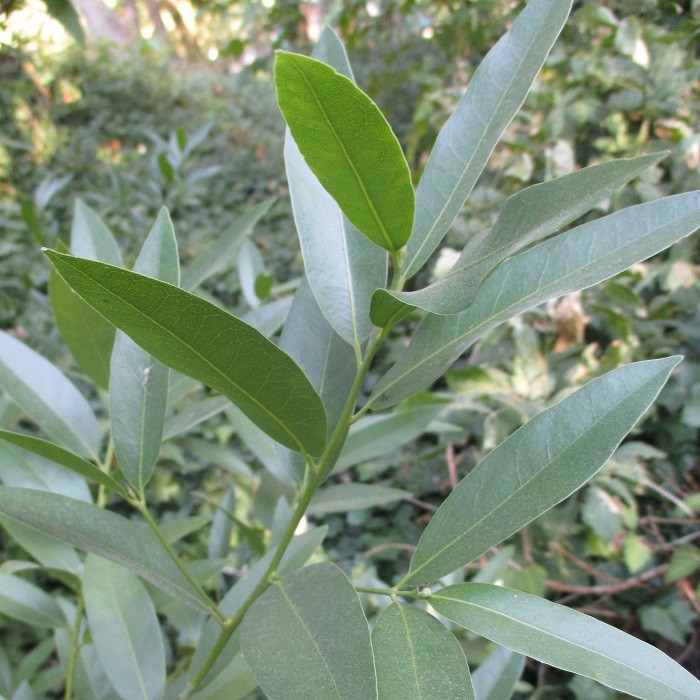UNITED STATES—Vegetables grow mostly in designated vegetable gardens because they are not appealing enough for the rest of the landscape. Flowers for cutting might grow in designated cutting gardens, from which they are not missed after harvest. Culinary herbs can grow in herb gardens for the same reasons. Some might not be very pretty. After harvest, some might be too shabby for the landscape.
Of course, such perceptions are debatable. Home gardens are casual and customized. If Swiss chard, artichoke and other vegetables can grow in front yard landscapes, then culinary herbs can too. In fact, some already do. Rosemary, thyme, lavender and a few other culinary herbs happen to be popular for landscapes because they are so appealing and practical. There is a slight catch.
Culinary cultivars of herbs are distinct from landscape cultivars. Trailing rosemary is a landscape cultivar with sprawling growth that works well as a resilient ground cover. Another cultivar exhibits more sculptural upright growth. Both are well flavored. However, neither is as richly flavored as culinary cultivars of the same species. Yet, culinary cultivars are not so remarkable for landscaping.
Culinary or landscape cultivars?
Most of us are satisfied with landscape cultivars of rosemary for culinary application. Alternatively, culinary cultivars, which are rare in nurseries and landscapes, can adapt to landscape functions. Cultivars of culinary rosemary happen to make nice low and mounding hedging. Infrequent shearing or selective pruning does not constantly deprive it of too much of its more flavorful new foliage.
The same applies to several herbs that have both culinary and landscape applications. Compromise might be in order.
Incidentally, two culinary herbs, Grecian bay and bronze fennel, are presently quite trendy. Grecian bay or sweet bay (which is not California bay) is a very popular potted plant. In the ground, it can grow into a midsized tree. Bronze fennel is supposedly comparable to common fennel, but with sepia toned foliage. Chive, parsley and borage all work nicely with mixed perennials and annuals.
Highlight: California Bay
Because of the common name, California bay, Umbellularia californica, sometimes substitutes for Grecian bay. The two are actually very different. Grecian bay is a culinary herb that grows as a compact tree. California bay has a distinctively pungent flavor that is objectionably strong for most culinary applications. It grows fast to thirty feet tall, and gets a hundred feet tall in shady forests.
Because it gets so big and messy, California bay is not so popular for planting into home gardens. However, because it is native, it sometimes self sows into landscapes. Some mature trees live within gardens that developed around them. California bay can work well in spacious landscapes, with plants that do not mind its shade and leaf litter. Annuals and seedlings dislike the leaf litter.
Old forest trees make the impression than California bay typically develops an awkward and lanky form. That is only because they do what they must to compete for sunlight. Well exposed trees, although lofty as they mature, are more densely structured. Some have a few big trunks, with checked gray bark. Old trees are likely to develop distended basal burl growth known as a lignotuber.






